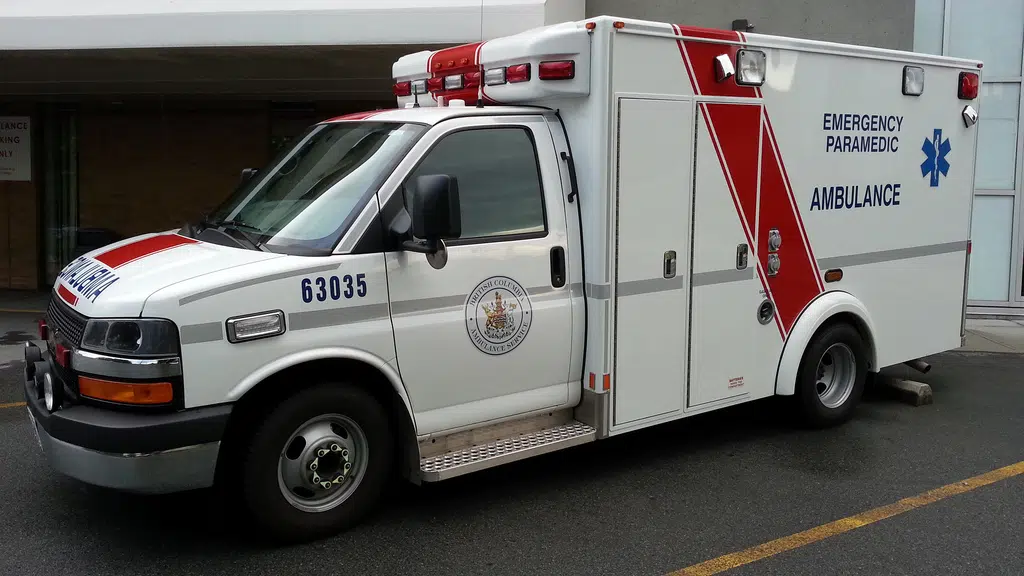
British Columbia is shifting its ambulance paramedics staffing model for 60 rural and remote communities in what Health Minister Adrian Dix says is an “unprecedented” investment in emergency health care.
Dix says three new staffing models for paramedics would increase the number of on-duty ambulance workers during nights and other off-peak times.
“The first model is the 24/7 Alpha model, which provides more reliable emergency health services,” Dix said. “The 21 communities will have paramedics in station and on duty three times more than the current SOC model. It is, as the saying goes, 24/7.”
“We have a second model for communities even smaller which is the Mixed Shift model, which provides staff with more flexibility than the 24/7 model in smaller communities. Twenty-five communities are moving to this model, they’ll have staff on duty in the station twice as often as now.”
“The third model is the Kilo model, which will have a unit chief at the station,” Dix added, noting there will be 14 communities transitioning to this model.
The shift will add 271 new full-time paramedic positions and part-time workers whose combined hours will equal 238 full-time workers for three separate models that will give flexibility for ambulance needs in each community.
Dix says the changes come after consultations with the province’s paramedics union, community leaders, First Nations and health-care professionals.
“Paramedics will no longer be required to work or be available to work for 72 straight hours,” Dix said. “There will be better shifts that will allow paramedics to have a work-life balance and will help better ensure our communities are covered, especially in the evenings.”
BC Emergency Health Services chief ambulance officer Leanne Heppell says the flexibility is needed because “one model just doesn’t work that well across the province,” given the differences in the communities’ population, demographics and overall demand.
Dix says B.C. needs more community paramedics and ambulance workers, and he urged those interested in the work to reach out while the province hires staff to fill the demand.
Stations with the 24/7 Alpha shift model means the communities will have at least 8 full-time paramedics in the stations, and staff will be on-duty 24 hours a day:
- Gabriola Island
- Gold River
- Quadra Island
- Boston Bar
- Bowen Island
- Bella Coola
- Maderia Park
- Clinton
- Logan Lake
- Lumby
- Alexis Creek
- Midway
- Fruitvale
- Salmo
- McBride
- Mackenzie
- Village of Daajing Giids
- Masset
- Dease Lake
- Fraser Lake
- Tumber Ridge
Stations with the Mix Shift model means staff will have 8 regular part time staff in the stations, and staff will be on-duty in the station for 16 hours each day and have 8 hours being on-call:
- Alert Bay
- Mayne Island
- Pender Island
- Port Renfrew
- Galiano Island
- Sayward
- Tahsis
- Ucluelet
- Cortes Island
- Denman Island
- Port Alice
- Bella Bella
- Texada
- Anahim Lake
- Lytton
- Elkford
- Greenwood
- Kaslo
- New Denver
- Riondel
- Rossland
- Winlaw
- Granisle
- Southside
- Hudson’s Hope
Stations with the Kilo model will have a full-time unit chief and staff that are on-call:
- Sointula
- Zeballos
- Seton Portage
- Gold Bridge
- Blue River
- Edgewood
- Field
- Bear Lake
- Wells
- Stewart
- Port Clements
- Kitwanga
- Sandspit
- Atlin















